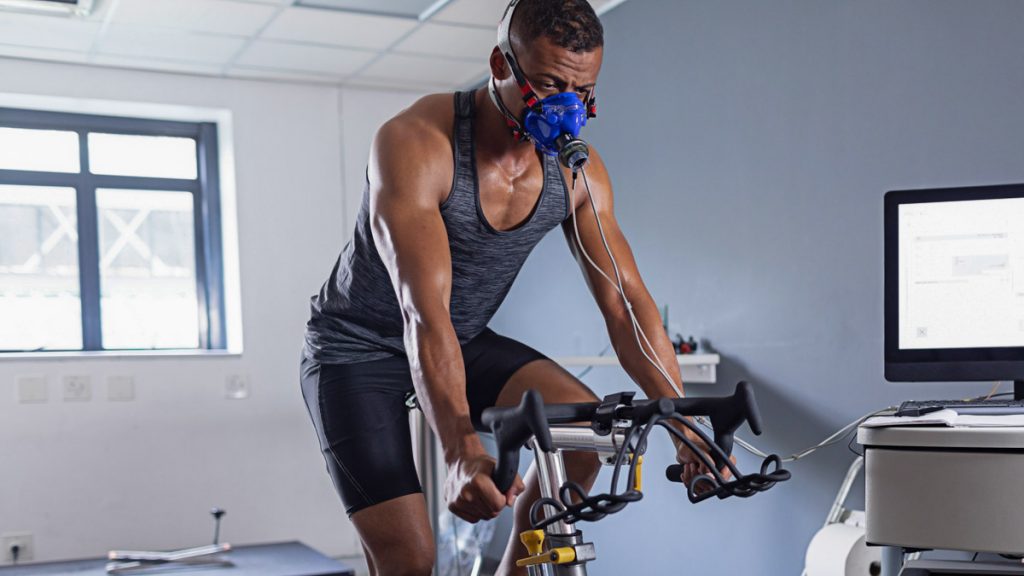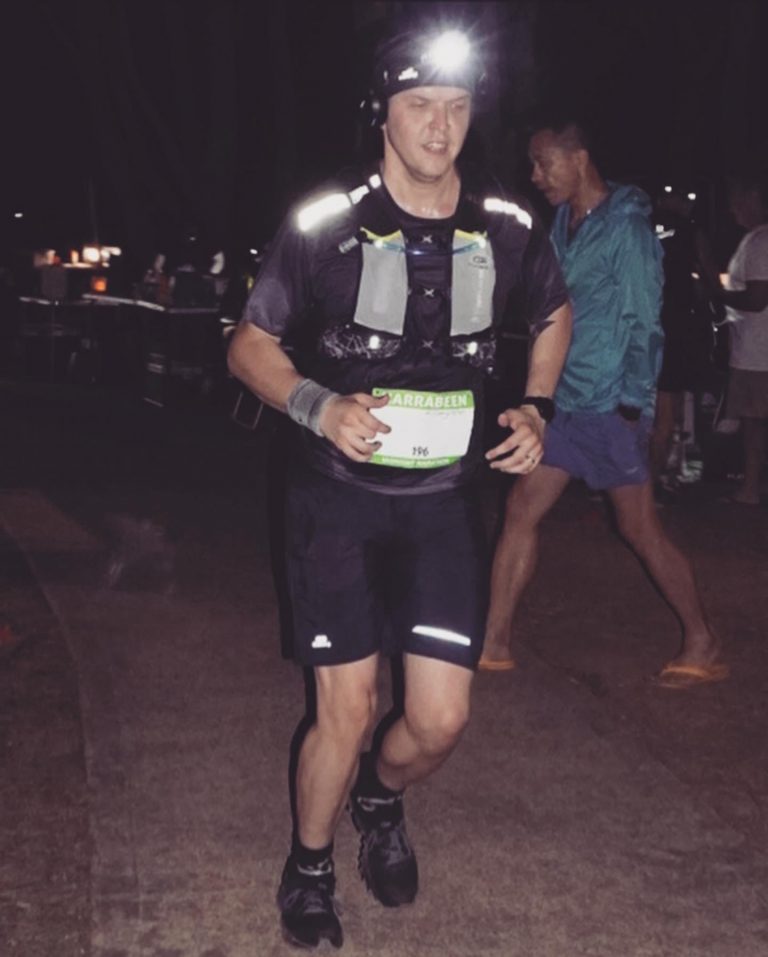For forward thinkers and those who hate just lounging about, we always want to become a better version of ourselves. We need development, reinvention, and initiatives that would help us in self-improvement. For me, such is the same when it came to cycling.
It was last year when I first started training for my first ever half ironman, but I’ve been cycling a few years back already. I was hitting only about 30 to 35 km/h which was about 18mph and it wasn’t the speed that I wanted to be at. Of course, in order to address this issue, I cycled more and more.
Eventually, I did improve, but it still wasn’t enough for me. So I began a revamp on everything: my nutrition, my cycling training routine, and even my strength training in the gym. But I just couldn’t hit the numbers that I wanted.
I read and researched all the things I can do to improve my cycling performance and that’s when I discovered this cycling superstar from Norwegia named Oskar Svendsen. He has put his mark on cycling history, not because of the gold medals he brought home but the record he holds for VO2 max. At 15 years old, he set the world record of the highest VO2 max at 97.5 milliliters per kilogram per minute.
In order to understand what this feat means, I will be sharing with you all about VO2 max and cycling as well as how it impacts your performance as a cyclist below. Read on and learn more about how VO2 max actually determines how you can improve.
VO2 Max And Cycling
What is VO2 Max?
I know it sounds like a brand that sells cycling gear, but I swear it isn’t. VO2 max is the maximum oxygen consumption of your body. It’s a metric unit that is used to measure your fitness and capacity in terms of aerobic performance and cardiovascular fitness. Basically, scientists found a way to quantify your cardio capacity in relation to how you can sustain your performance as a cyclist.
To put it simply, VO2 max measures how your body can utilize your oxygen intake and use it on your muscles. It’s something that all athletes in the aerobic category can benefit from, especially if you’re a biker. The key component here is oxygen.
Why do you need oxygen in the first place? The obvious answer is yes, to breathe and live. But the concept of VO2 max is to provide customized and personalized feedback as well as possible new training programs to bikers in order to boost your performance by helping your muscles use the oxygen in your body.
How is VO2 Max Measured?

How To Perform the Cycling Field Test for VO2 Max
Now that you know how VO2 max will help you in your career as a cyclist, let’s take a look at how you actually take the test. Word of precaution: these tests are self-conducted and calculated in order to give you close-to-accurate predictions of what you’re VO2 max figures will look like. Laboratory tests will still give you the best accurate measurement. But to get a fairly good idea of your standing, here’s how you’ll perform it:
1. Start with a low-intensity ride
This can also be identified as the warm-up phase. To loosen and unhinge your legs and joints a bit, you start with a cadence of about seventy to eighty rpm. Do this for about 10 minutes until you get your breathing elevated and your heart rate up a bit. Then, you should finish thirty-second sprints twice, making sure you shift your gears to reach the 100 rpm mark.
You are only allowed a 3-minute recovery in between your sprints. After that, you can finish the whole warm-up with 5 minutes worth of easy cycling, followed by a 5-minute rest before you can actually begin the field test.
2. Field Test Commences
This is where it gets a bit more challenging and specific. The field test only takes about twenty to thirty minutes but you’ll need to do this multiple times in order to achieve the desired output to get the most accurate measurements.
You start your ride with the maximum effort that you can sustain for exactly 20 minutes. Make sure that you’re not overreaching just to get a higher VO2 max measurement because that will be counterproductive and will actually reflect in your results. In order to make sure you are at a consistent intensity, monitor your power meter and increase your wattage bit by bit until you reach the level of intensity that you can sustain for the next twenty minutes.
One tip that you can apply is to reach a wattage that is close to when you perform at races or rides that are high intensity. The closest you can get to these numbers, the more accurate your VO2 max measurement will be.
It is also critical that you maintain this wattage at a constant for the duration of the twenty minutes— not a single minute of relaxed cycling in between. This will help determine your actual steady pace. You will be coming up with different results each time, that’s why it is recommended that you do this field test multiple times with about two to three days of rest in between.
Once you’re finished with the 20-minute test, allow your body 15-minute steady-paced cycling as your cool down.
3. Calculate VO2 max
Don’t be intimidated it’s not that hard. From the multiple tests you conducted, you should be able to get your average high-intensity wattage. That number should be multiplied to 10.8, then divide it by your weight in kilograms. To get the VO2 max calculation, add 7.
For example, say, I averaged about 280 watts in all of the field tests I attempted and I weigh 77 kilograms. I get 3,024 if I multiply to 10.8. If I divide it to my weight which is 77 kilograms, I get 39.2. My VO2 max measurement then is 46.2 mL (kg x min).
Improving Your VO2 max as a Cyclist
Now, there are a lot of professionals out there that will tell you how you can improve your VO2 max and it will be effective. Personally, the first thing I would recommend is that you get to a certain level of fitness first. Getting fit generally improves your cardiovascular capacity so that would be the first step.
When you’ve reached that, that’s when you’ll need to put in the extra hard work. One of my favorites is 6 rounds of 5-minute cycling at 110 to 120% FTP (functional threshold power) with only 3 to 4 minutes recovery. This would get your heart and whole body pumping as quickly as possible.
Another good VO2 max training is warming up for 15 minutes, followed by 5 sessions of 5-minute cycling at 110 to 120% FTP with only 5 minutes recovery. Remember to always cool down after each session and doing back to back VO2 sessions will not help you improve. So make sure you don’t overwork yourself and allow recovery rides in between.
One tip to progress is to slowly increase the number of intervals from 5-6 to 7 and 8 or to reduce your resting time or your recovery period.
Conclusion
Arguably, your VO2 max measurement is probably one of the most critical components that will help predict your success as an athlete or a triathlete. Increasing your VO2 max will help you get stronger, faster, and sustain your power for longer amounts of time.
It will also help your muscles recover faster as you are now utilizing more oxygen for it. As you’ve read above, the best way to improve your VO2 max is to incorporate interval training into your cycling program at least 2x a week. And if you have access to a laboratory that conducts VO2 max testing, I would recommend you take it. It gives you a broader depth of knowledge of your body and its capacity to function at the optimum level.
If you’re new to cycling, and you’re interested in some more advanced tips such as VO2 Max, I highly suggest you check out my safety cycling posts first. Check out my post on the top tips to prevent knee pain after cycling and injury prevention while cycling.
Remember: you don’t need to be the cyclist with the highest VO2 max to win races, but improving your VO2 max will help you compete at the next level. Let me know your thoughts on this at the comment box below, and if you have more suggestions of VO2 max interval training, drop them there as well.
Sources:
https://www.garmin.com/en-US/blog/fitness/v02-max-and-aerobic-performance/
https://www.outsideonline.com/2398524/highest-ever-vo2max-cyclist-oskar-svendse

Marko Rakic is a trail runner and fitness enthusiast from Sydney, Australia. He is the lead writer for The Ultimate Primate and believes the best way to live a happy life is through constantly challenging yourself.
